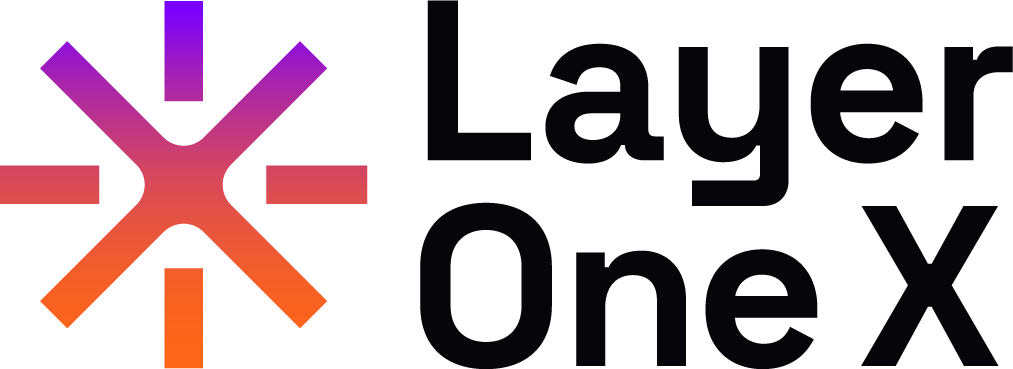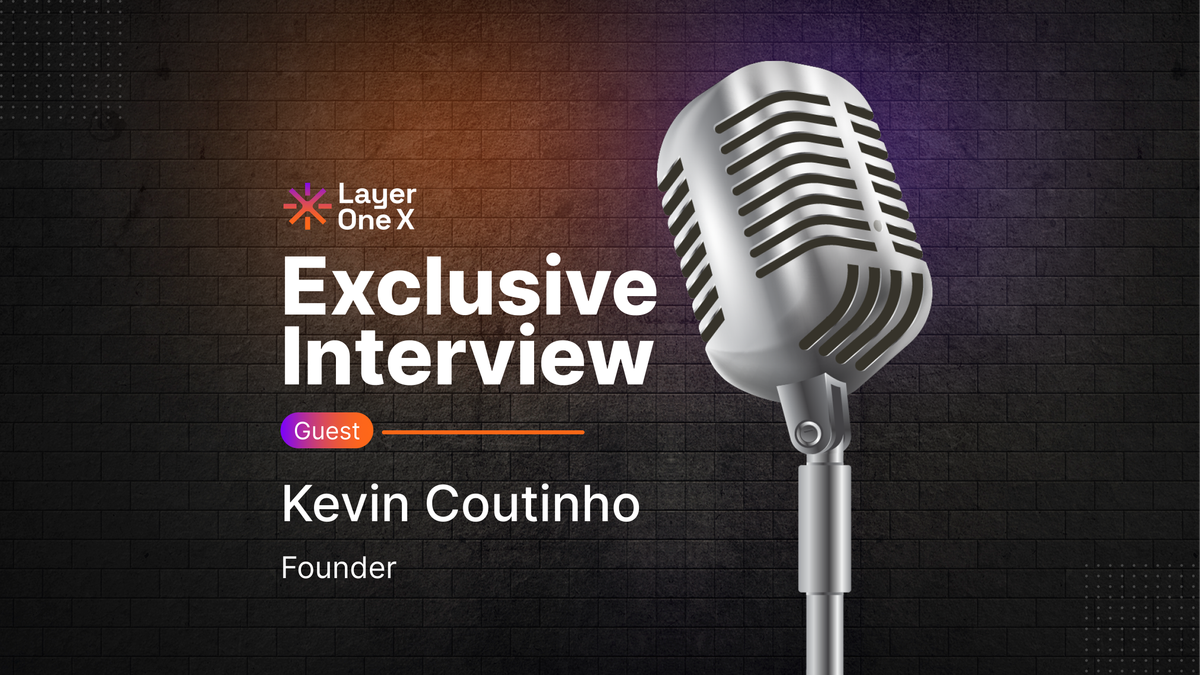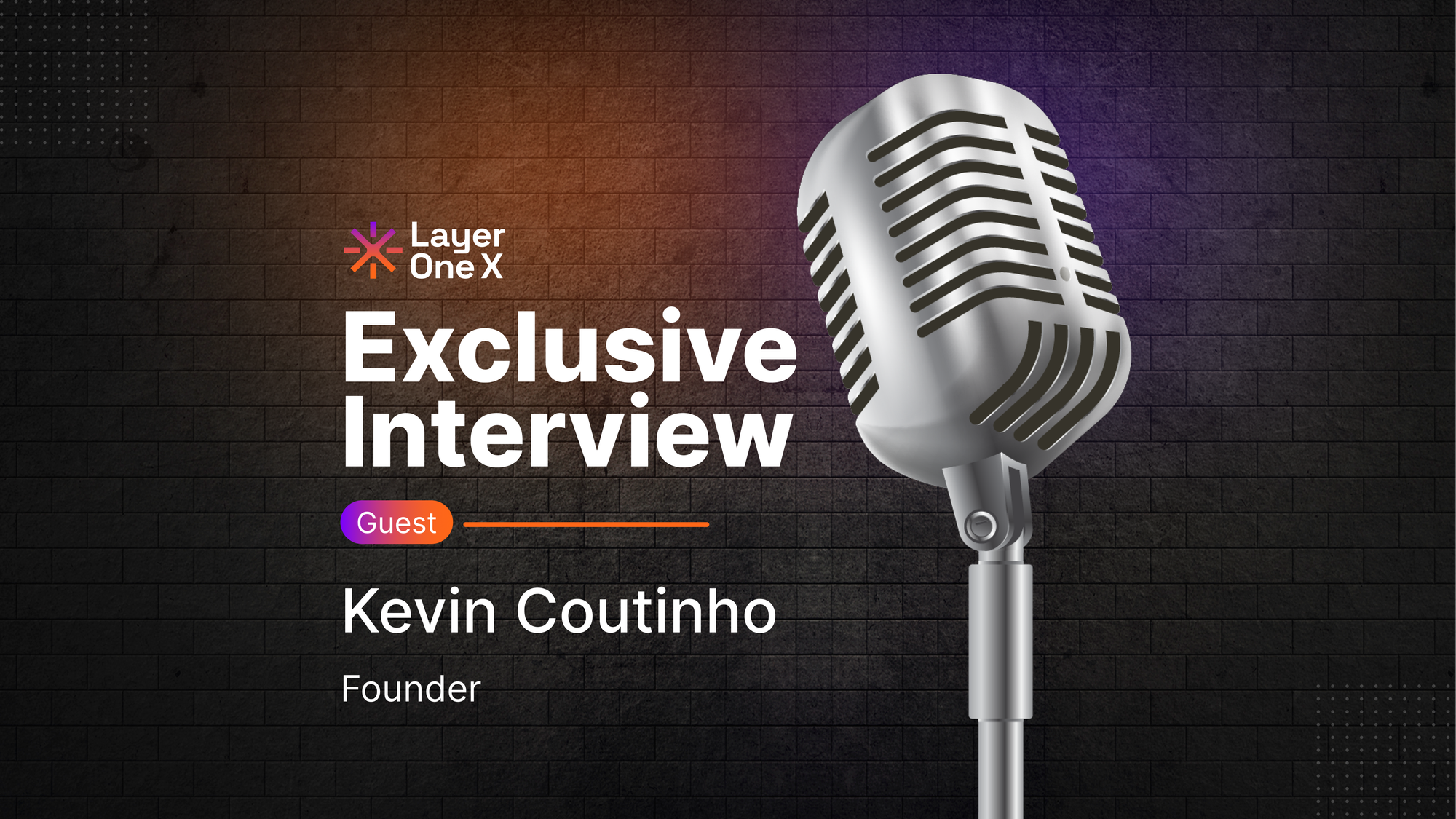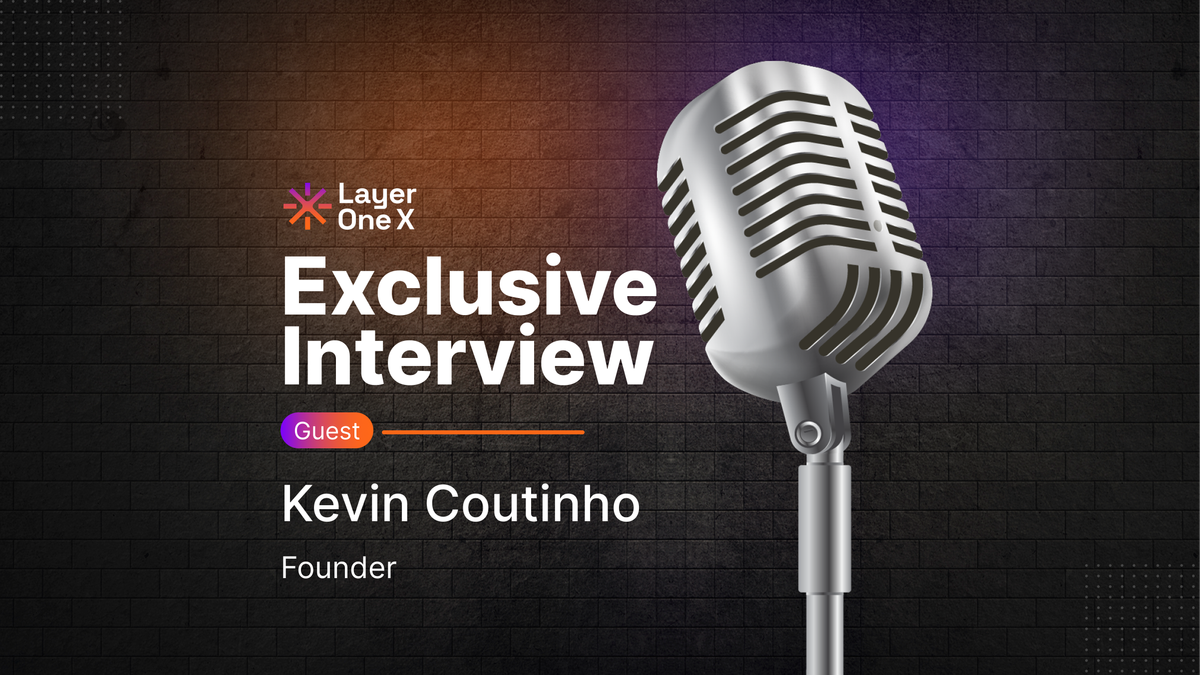Exploring the Future of Web3 with Layer 1X: A Deep Dive into Cross-Chain Innovation
10 Feb 2025 Live Interview
Francisco, from Mother, interviews Kevin Coutinho, Founder of Layer One X, an interoperability protocol making waves in the blockchain ecosystem. Broadcasting all the way from Australia, Kevin brought fresh perspectives on cross-chain solutions, AI agents, and the future of decentralized infrastructure. Here’s a summary of our conversation, packed with insights for builders, enthusiasts, and anyone curious about the next frontier of Web3.
Layer 1X: Bridging the Gaps in Web3
Kevin kicked things off by introducing Layer One X, a layer-one protocol he started as a PhD project at the University of Western Australia three and a half years ago. As one of the only layer-one solutions in Oceania, L1X stands out with its focus on interoperability—solving the siloed nature of today’s blockchain ecosystems. What started as a research endeavor has evolved into a robust platform with over half a million community members and millions of transactions, proving its relevance in the decentralized world.
One of L1X’s standout innovations is its Release Pool, a tokenomics mechanism that dynamically manages coin supply based on demand across centralized and decentralized exchanges. This system prioritizes early contributors—like investors and node operators—while ensuring stability for token holders. But Kevin didn’t stop there. He shared how this concept inspired the creation of a cross-chain arbitrage bot, initially built for L1X’s native token but now expanding to support multiple projects. This bot leverages L1X’s infrastructure to enable seamless trading across networks, a game-changer for projects looking to tap into broader liquidity.
Cross-Chain: The Undervalued Backbone of Web3
We dove deep into the importance of cross-chain interoperability, a piece of infrastructure Francisco called “undervalued” in the ecosystem. Kevin agreed, noting that while many projects build in silos, L1X aims to break down these barriers. Their plug-and-play product allows tokens to launch on multiple networks effortlessly, accessing decentralized exchange liquidity and user bases without the complexity of traditional bridges.
Kevin dropped an even bigger alpha: L1X is partnering with the University of Western Australia to develop a multi-chain, quantum-proof layer-one infrastructure. Imagine a future where layer-ones don’t just roll up to Ethereum but interoperate as a cohesive rollup layer, secured by quantum-resistant state management. This forward-thinking approach positions L1X as a pioneer in preparing Web3 for enterprise and governmental adoption—where bridges alone won’t cut it.
Use Cases and Opportunities for Builders
So, what can builders do with L1X? Kevin highlighted several exciting use cases:
Multi-Chain Token Deployment: Take your token to multiple networks with ease, tapping into diverse ecosystems.
Sandbox Builders: Deploy on L1X, and it automatically rolls out to other networks, validated autonomously.
Data Integration: Bring Web2 data (think Discord or LinkedIn) into Web3, powering AI models for everything from reinforcement learning to digital identity systems.
To demonstrate, Kevin shared his screen, walking us through l1xapp.com. The platform’s swap feature lets users move assets across networks like BSC and Matic—soon including Bitcoin and Tron—without connecting a wallet. For developers, L1X offers an open-source SDK, detailed GitBook documentation, and APIs for building multi-chain dApps. Whether you’re coding in Solidity via Hardhat or using L1X’s proprietary WebAssembly system, the toolkit is designed to simplify cross-chain development.
The $2 Million Hackathon: Calling All AI Agent Builders
A major highlight was L1X’s ongoing $2 million hackathon, themed around AI and Web3. Kevin encouraged builders to join, offering prizes for innovations like AI-driven security auditing, DeFi trading strategies, and cross-chain solutions. One wishlist item? A decentralized identity system using L1X’s soulbound NFTs and Space Cards, which integrate Web2 data into Web3 contracts. Imagine credit scoring, financial systems, or wallet profiling—all tied to a multi-chain NFT that proves your credibility across networks.
Francisco chimed in, sharing Modow’s mission to prevent an “agent fork frenzy” (think DeFi Summer 2.0) by building an on-chain attestation registry. This public social graph for agents could complement L1X’s efforts, ensuring transparency and performance tracking for agent-based systems.
Challenges and the Road Ahead
Kevin didn’t shy away from the challenges builders face—like the complexity of managing logic across multiple chains. L1X tackles this with a “bridgeless” approach, keeping logic on L1X while syncing state changes via its oracle and relayer system. For agent-to-agent coordination, he sees potential in reinforcement models and access control contracts but noted that foundational infrastructure (like defining digital IDs) still needs work.
Looking forward, L1X is focused on enabling projects to go multi-chain economically, aiming to grow the percentage of tokenized projects from 1% to 10% in the next year. With a launchpad, arbitrage tools, and that quantum-proof rollup vision, Kevin’s team is taking “one firm step at a time” to redefine Web3’s infrastructure.
Get Involved
Ready to dive in? Head to l1xapp.com for the whitepaper, tutorials, and developer resources. Join the hackathon via the Google Form link on the site, follow @LayerOneX on Twitter, or hop into their Discord. Kevin even suggested spending 50 cents to try the swap feature—you’ll see the magic firsthand.
Final Thoughts
This conversation with Kevin was a goldmine of insights, from practical tools for builders to a bold vision for Web3’s future. Whether you’re an AI agent developer, a DeFi innovator, or just a Web3 enthusiast, Layer 1X offers a playground worth exploring. Stay tuned for a potential Part 2—maybe before ECC or Australian Blockchain Week—where we’ll dig even deeper. Thanks to Kevin and our lively chat community for making this stream a blast!
Until next time, keep building, keep innovating, and let’s shape the decentralized future together!
